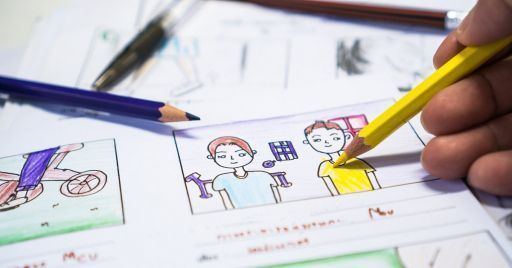

Using animations in eLearning
What are the uses of animations in an online course? What are the benefits of animated worlds and characters in eLearning?
Using animations in eLearning
What are the uses of animations in an online course? What are the benefits of animated worlds and characters in eLearning?
Those involved in eLearning know that interactivity is one of the advantages of online design. Among the elements available are animations, a useful resource to stimulate learning. In addition to offering quality content, it's essential that an online course is able to maintain attention, improve comprehension and engage learners. Boredom is always around the corner.
Animation offers just that: to educate while entertaining. Animated characters and worlds, in fact, create a narrative within the platform that can emotionally engage students while you're delivering content related to the main topic. Why are animations capable of achieving these results?
Animated characters are able to create a thematic experience that allows you to generate a connection between all elements of the platform, from theoretical content to page graphics. By telling a story, it is more difficult for trainees to feel bored and have a tendency to drop out of the training course. Instead, learners return to the platform not only because they want to resume their learning journey but also to re-immerse themselves in the story where they last left off.
Although animation, like gamification, may seem like something "unserious," it's actually one of the elements of entertainment that allows knowledge to be conveyed more effectively: interactivity and fun are really useful for making sure key messages stick and creating a common thread that carries the student from the beginning to the end of the journey.
Of course, in order to achieve all these results, it is necessary to have a clear goal from the beginning and, above all, the necessary tools to create the most suitable animated world for the course. Among the most important design steps are:
- Stimulating the creative side to bring an animated world and its characters to life;
- Giving space to creative writing to make a real script;
- Setting the graphic part, from backgrounds to characters;
- Create a voiceover or the soundtrack of the animated world (if necessary);
- Insert the animations within the platform as per the script.
In recent years, technology has made it easier and faster to create near-realistic animations. Because of this, animations are not only a useful alternative to audio, video, and text, but in many cases they are much more convenient and easier to create.
Translated with www.DeepL.com/Translator